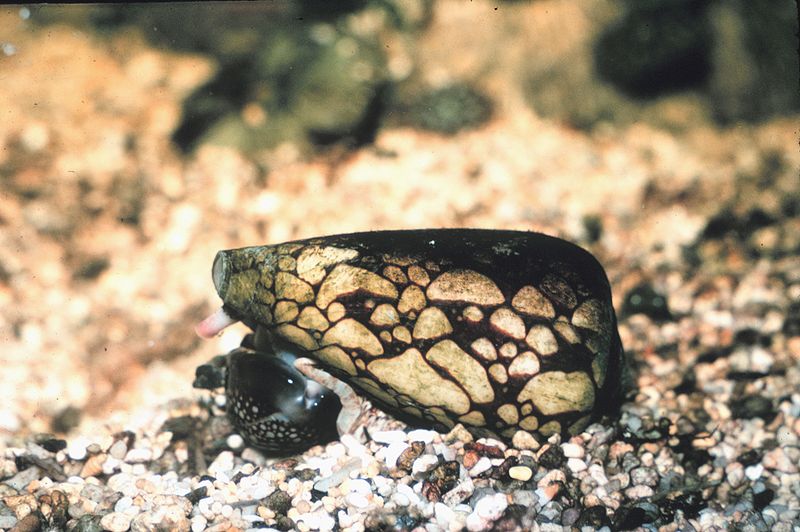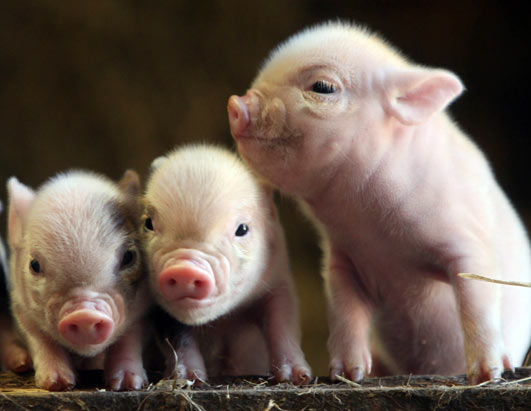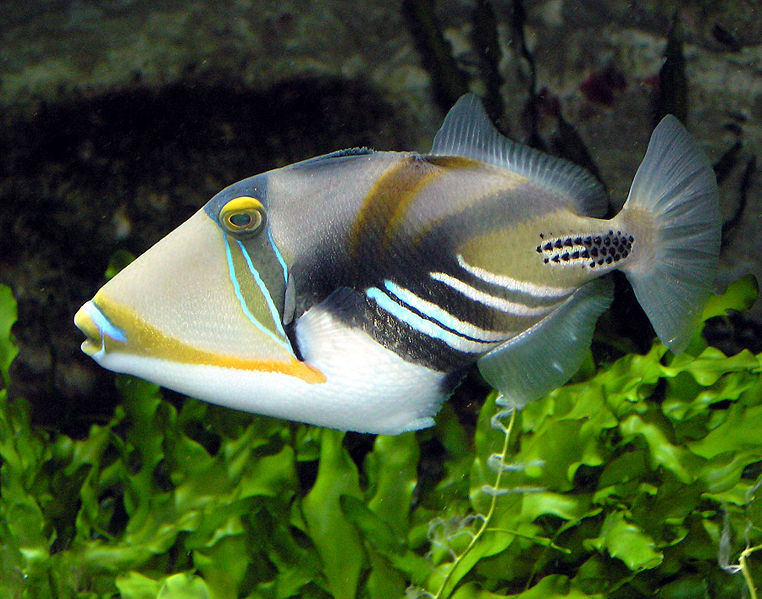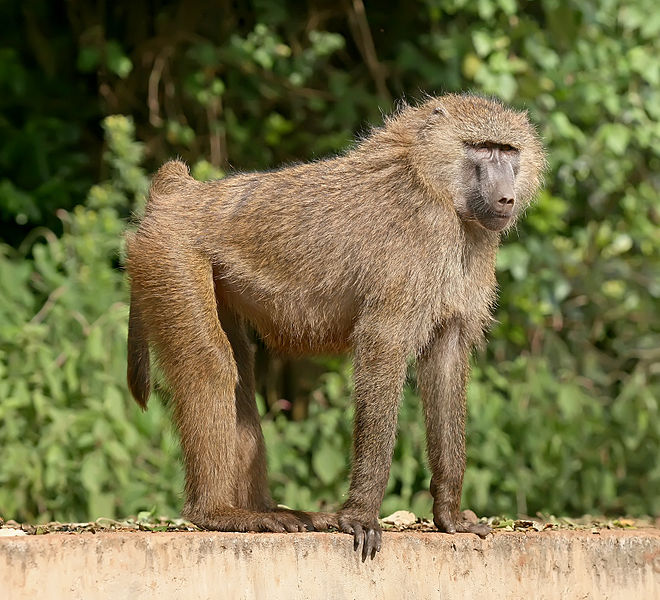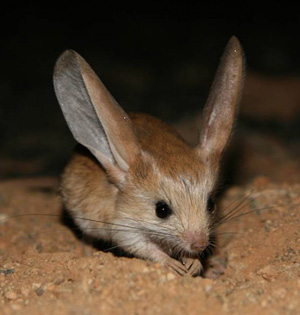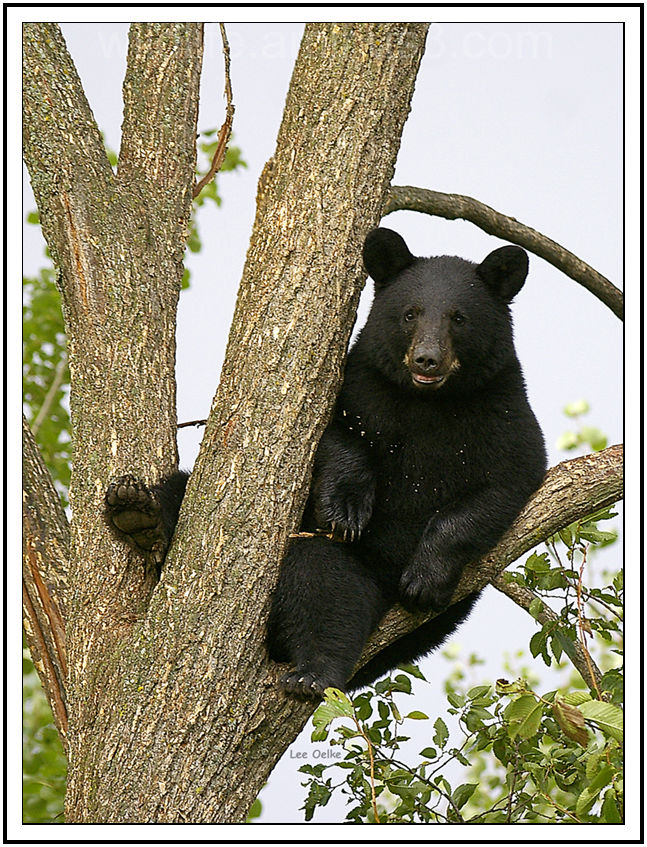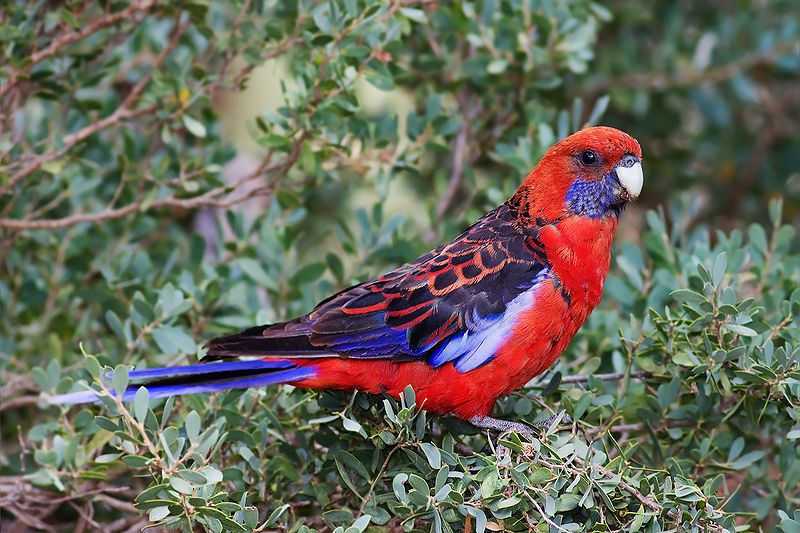
While walking in downtown Ottawa this past weekend, I ran across a man with 3 or 4 colourful “parrot-like” birds. I am assuming this is what has caused me to gravitate towards the Rosella, an Australian Parrot species, for today’s Wild Fact. This beautifully coloured bird was originally referred to as the “Rosehill Parakeet” by early settlers. Eventually the name was changed to “Rosehiller” before being changing again to the Rosella. Who knows what this bird will be called in a few years! In order to catch a glimpse of these stunning birds, we will need to take a trip to the coastal mountains or plains of Australia. Alternatively, you can see a few intruded species hanging out on the nearby island of New Zealand.
An Eye for Fashion
As you can tell from the photos, the Rosella has a colourful appearance, like most parrot species. These colours will typically vary depending on the species of Rosella but I can guarantee they all look amazing. No matter what species you are looking at, they will all have distinctive cheek patches, which can vary in colour from white to yellow to blue. You have to admit, these cheek patches add a little flare to the Rosella’s wardrobe.
Puddle Jumper
Like many birds, this parrot species generally feeds on fruit and seeds, which they grasp in their feet. When they are not on the lookout for food, the Rosella enjoys other activities such as splashing around in puddles. I am not making this up….for some reason, this parrot enjoy jumping in puddles, both in the wild and in captivity. I guess this bird is just young at heart.

A Helpful Partner
Similar to other parrots, this particular species also prefers nesting in tree cavities, high above the ground. But before the nesting and egg laying, the male has to court his female partner with a very simple (but classy) dance. His moves usually include moving their tail from side to side and they add in a little head bobbing to really get the females heart pounding. Come to think of it, I think my dance moves are very similar to the Rosella. If the male is successful with his dance, he will stay with his female partner during the incubation process. While the female is sitting on the eggs, the male will happily feed her, and his generosity even continues for a little while after the eggs of hatched. Isn’t he a sweetheart?
The male bird knows that if he wants to live a long and happy life, he had better keep his partner happy :).

